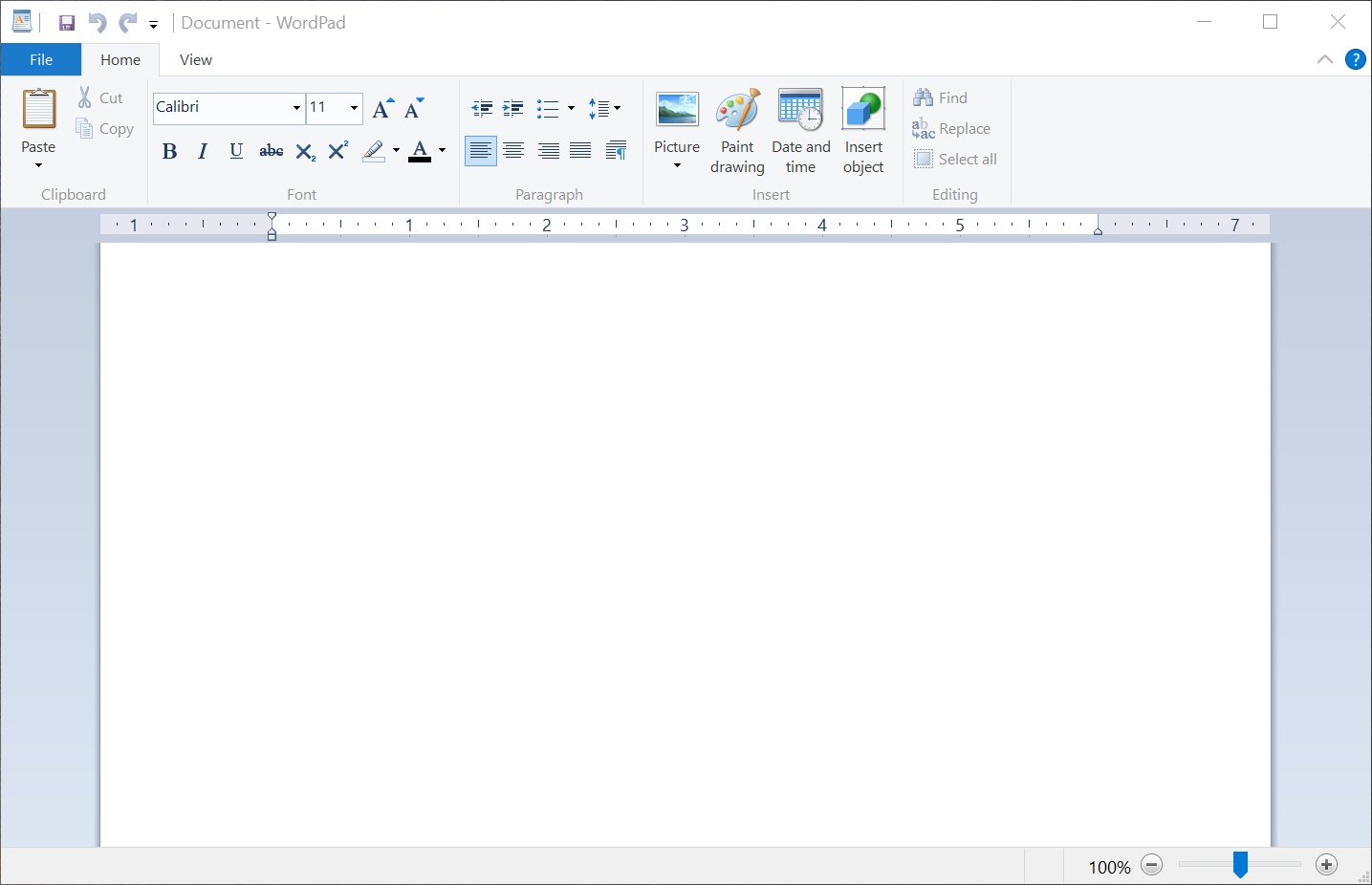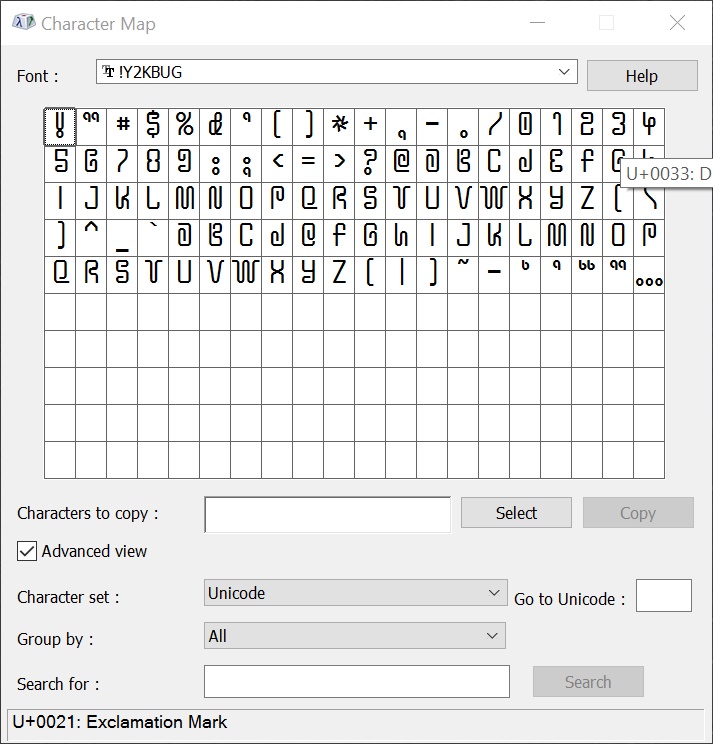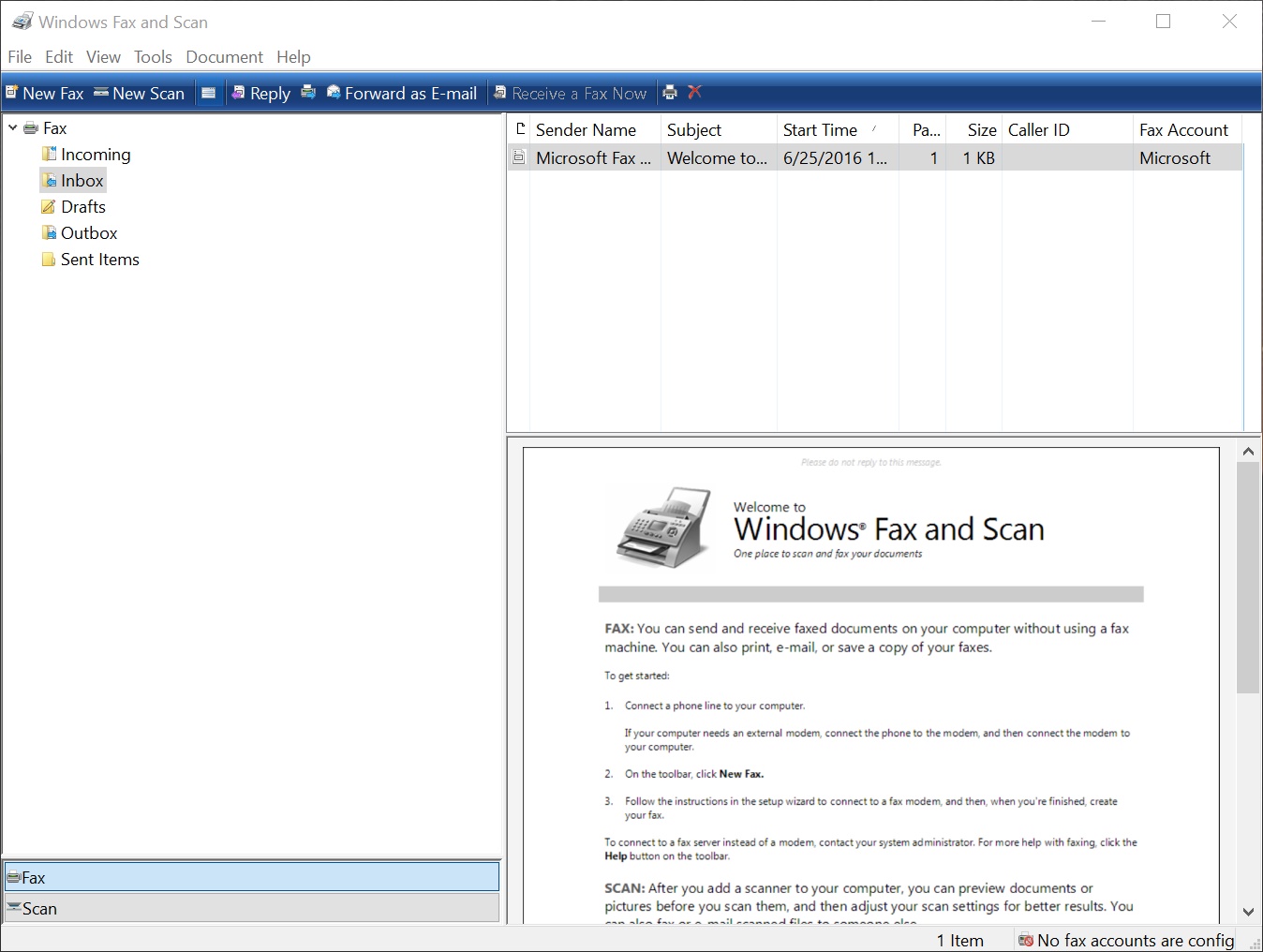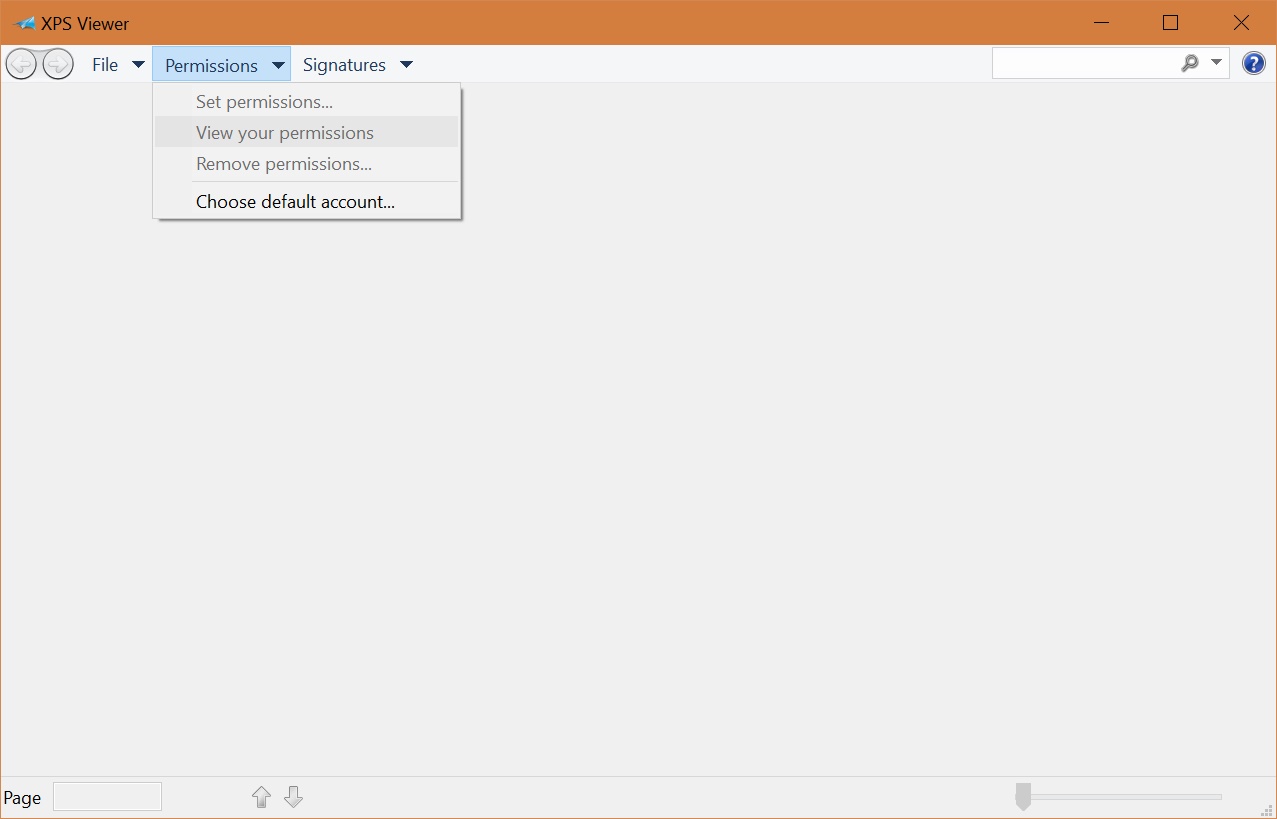Windows 10 blast from the past: WordPad, XPS Viewer and more oldies are back
Microsoft is making good on its promise, from its Build Event, to bring back more legacy apps to Windows 10, through Project Centennial, AKA Desktop App Converter, which is a program developed to convert applications from a number of programming languages, to be able to run on Windows 10 as universal apps.
The apps are currently available through the Windows Store, to Windows 10 Insiders only, and while most of them have long lost their purpose, seeing apps like Windows Fax and Scan and XPS Viewer on a modern Windows 10 laptop or Surface tablet does bring back memories, considering that many of these apps first appeared after the momentous shift from a world of 16-bit programs with massive memory restrictions and performance limitations, to a world of 32-bit applications powering modern productivity suites, multimedia entertainment, and gaming. MAny of these apps are still available today in older versions of Windows, up to Windows 7, but were removed as of Windows 8.
(95, 98, ME, 2000, Vista, XP, 7)

WordPad was initially released with Windows 95, more than 20 years ago, introducing a fresh, reinvented interface with advanced formatting options leaps and bounds ahead of Microsoft Windows 3.1 default word processor Write. WordPad was praised for its simplicity and speed, with almost instantaneous loading time on most computers running Windows 95 through Windows 7, although the lack of development of this free word processor has limited it severely to the point of obsoletion. The popularity of advanced online text editors, including “Writely”, which we now know as Google Docs, has also severely dented the user base of WordPad until its induction into the world of legacy desktop applications.
(Windows 3.11, 95, 98, ME, 2000, Vista, XP, 7, 8)

Character Map has been around since Windows 3.11, with very few alterations over time aside from its conversion to 32-bit, and managed to tag along each new iteration of Windows, until Windows 8. This application, as the name suggests, allows to search and display every font available, including special characters. The caveat is that in order to search for a specific character, one must know the exact name of that character code. For instance, “trademark sign(wrong)” is not the same as “trade mark sign(correct)”.
(Windows Vista, 7, 8)

Windows Fax and Scan was made available only to Windows Vista Ultimate/Enterprise, Windows 7 and Windows 8, and it was mostly meant as a tool for business users. The interface is designed to be setup with a scanner, and a fax-capable modem (or modem-capable fax), as well as a shared fax server account. For WFS to run, an analog phone line is necessary.
(Vista, XP, 7,8)

The XPS Viewer is a program designed to open files created to provide information about the formatting of a document to be printed, using an open-source file format (.XPS, or .OXPS), developed by Microsoft. XPS has been in use in the default Windows print spooler until Windows 8, when the standard changed to ECMA, a standard accepted internationally, XPS Viewer was included with Windows Vista, but only as an embedded Internet Explorer functionality. Windows 7 and 8 feature the actual XPS Viewer standalone application.
Downloading the apps
As mentioned earlier, these apps are only available to Windows Insiders, through the Windows Store links above, but as more apps are being ported by way of Project Centennial, regular users might be able to get legacy apps after this Summer’s Anniversary Update.